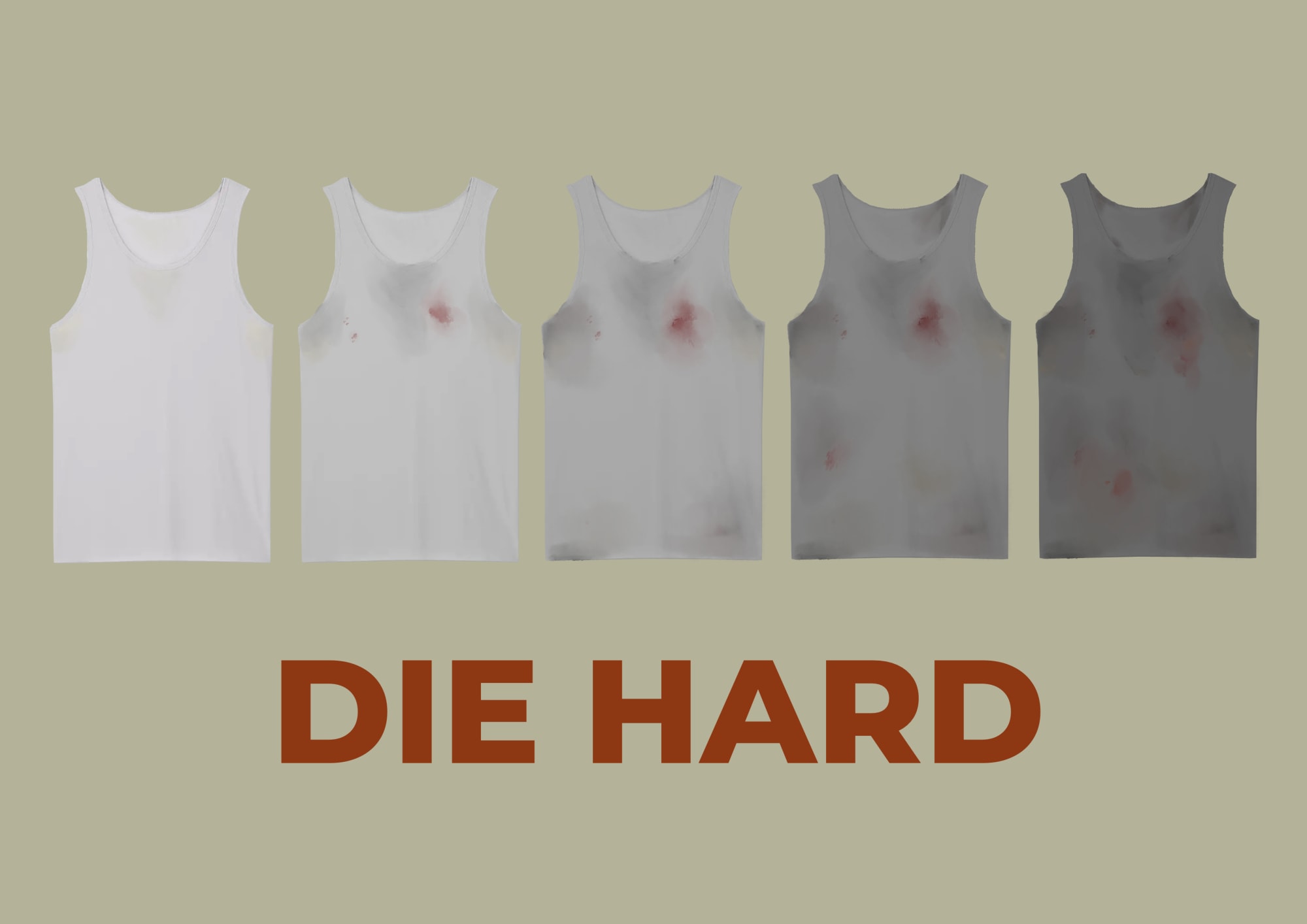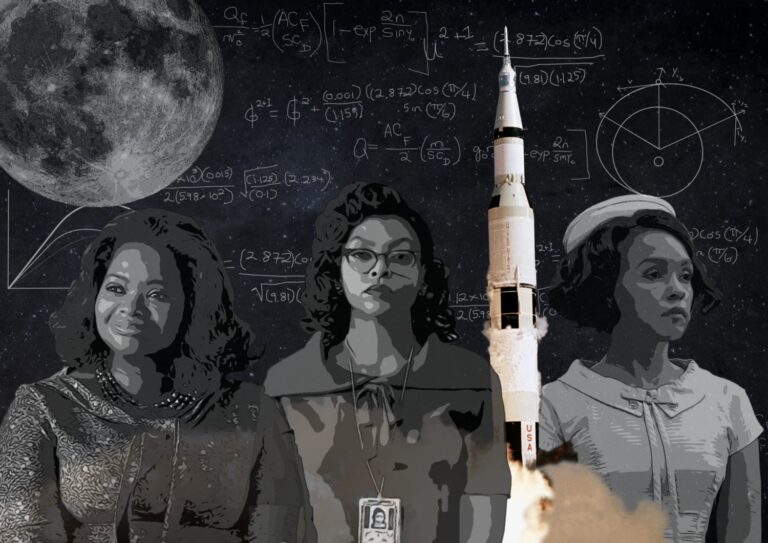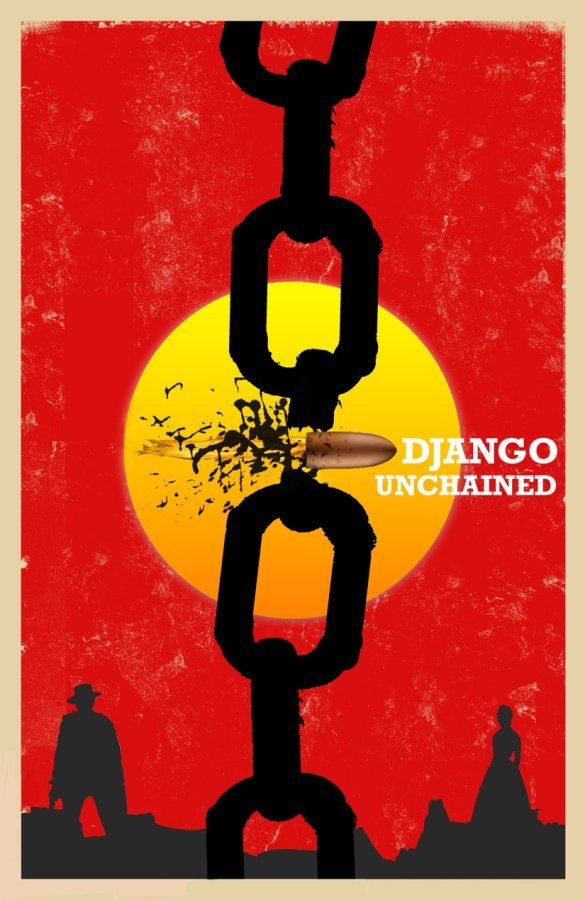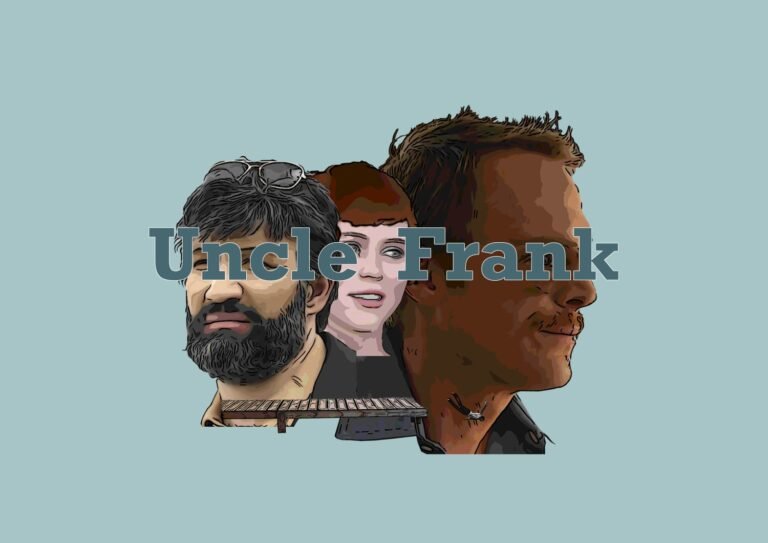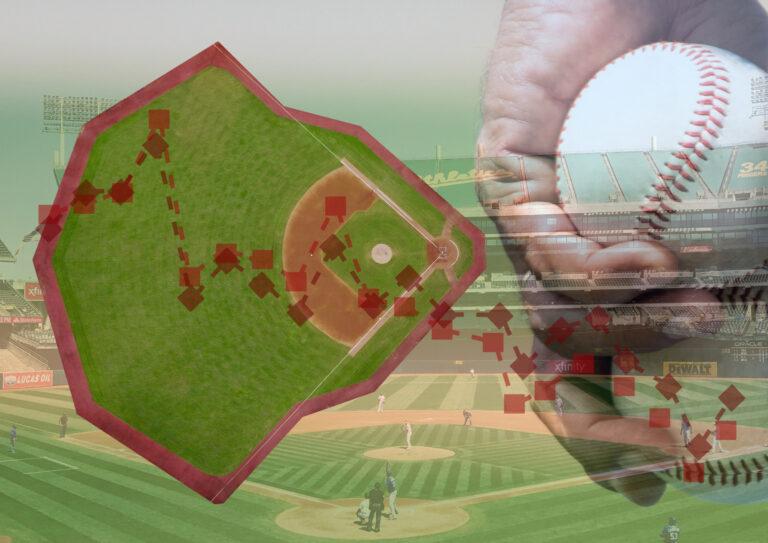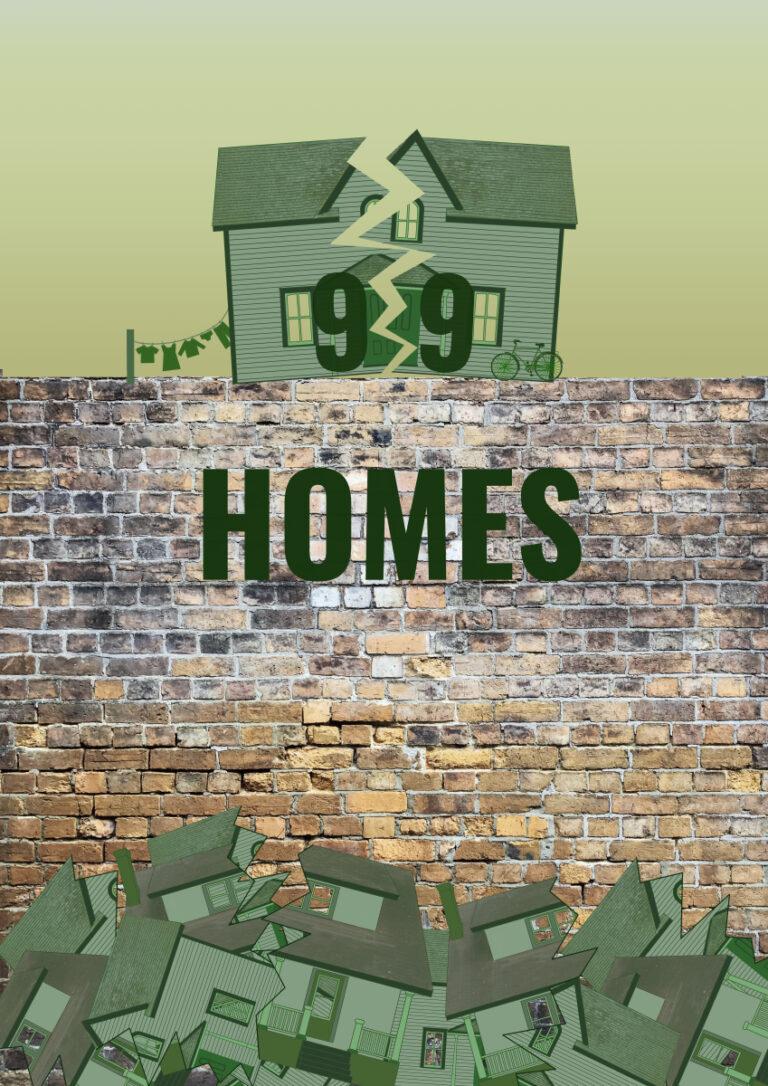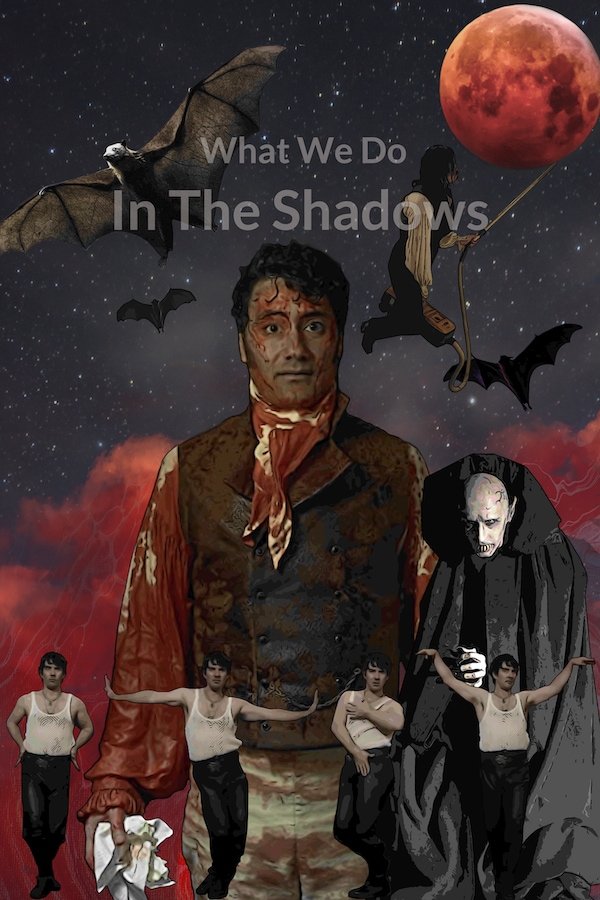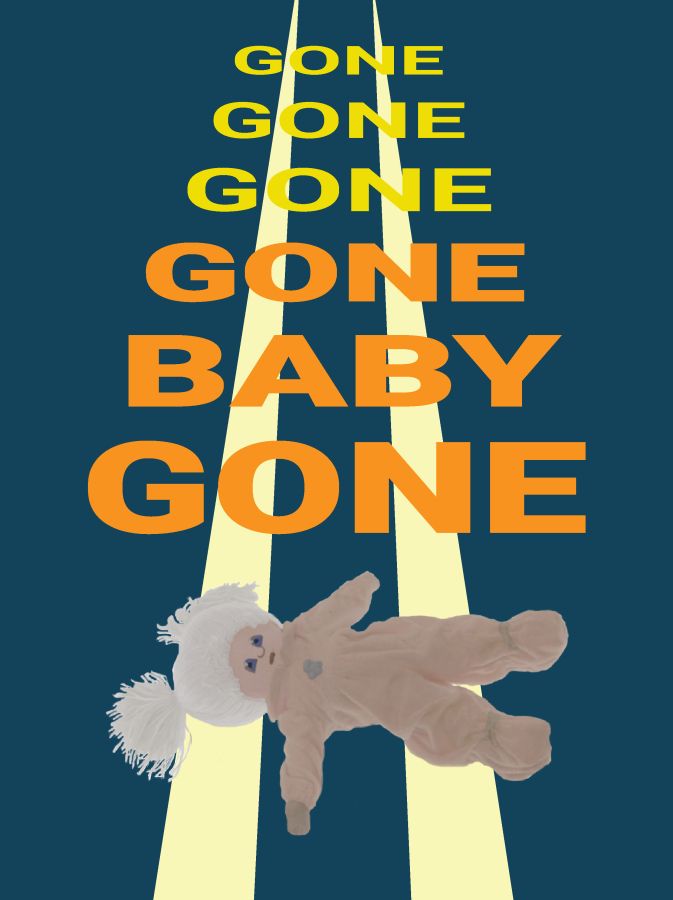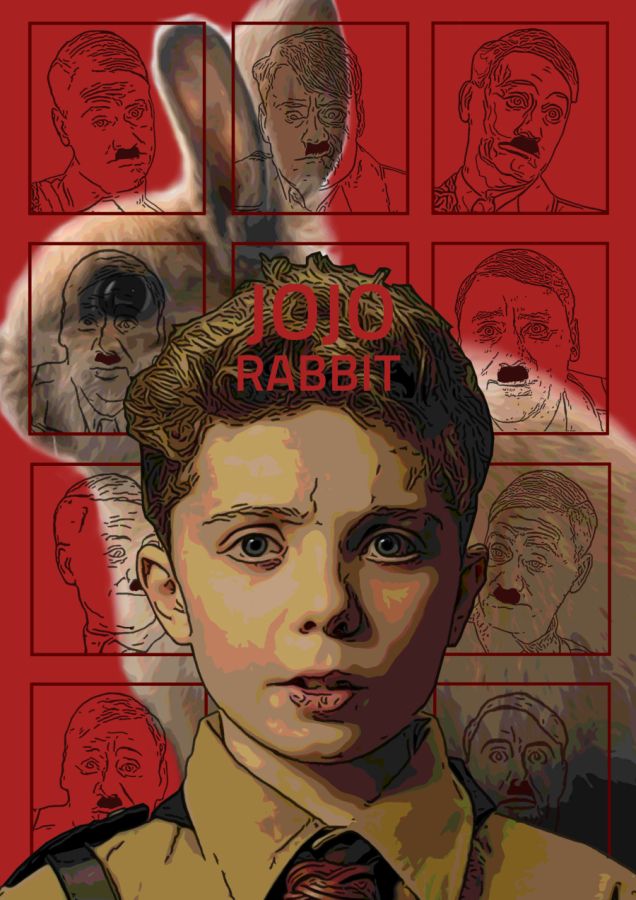Sleigh bells have never sounded so sinister, the opening scenes hinting at the ominous comings with its melody and oh, the holstered gun that’s hidden beneath a giant teddy bear. Already this ain’t gonna be like any Christmas you’ve seen before. And then just as drastically, the music takes us from this chain-smoking, cuddly-toy-carrying cop, to the classical upmarket office party, but don’t worry there’s always a sleezy douche to lower the tone, oh yay there he is!! This film really does have all the Christmas traditions.
John McClane (Bruce Willis) is a muscle-man, owner of a once-white vest, and a hard cop who doesn’t play by the rules. And this Christmas vacation he’s spending the holiday in trying to win/save his recently estranged wife, their separation in part because it’s 1980s and John can’t handle that his wife, Holly Gennaro (Bonnie Bedelia), has been successful in a new city, which means he might have to leave his. Invited to his wife’s Christmas party in the grand and imposing Nakatomi Plaza, the worse things John seems to have to deal with are his prominent foot-in-the-mouth-attempts to win his wife back and his grumpy attitude when surrounded with cheery party-clad office workers. Who, drunk on the season and throwing caution to the wind may explain why they didn’t notice the machine gun ‘terrorists’ coming out from the elevator behind them.
Starting with several bangs, John soon finds himself alone in the tower with many floors still under construction, but with it tools to use and hiding places to move between as he tries to beat the criminals and free the hostages, one of which is his wife – aww he does care. For the majority of the film John is alone against the villains, therefore a lot of the dialogue is between himself, and often as the third person. In this he gets to state the questions the audience have, while providing the answers to them;
“Why the fuck didn’t you stop ’em, John? Cause then you’d be dead, too, asshole.”
Often shouting aloud our frustrations and triumphs in watching him navigate his way around the hostage-takers. These short lines of dialogue are some of the best parts of the film, that is till he begins his radio talks with the friendly cop Sgt. Al Powell (Reginald VelJohnson) – the work-place criticism being dead on point – and in the conversations John later has with the head “terrorist” Hans Gruber (Alan Rickman) – the suave, debonair and deadly mastermind behind it all.
The moments between John and Hans are the stereotype of good versus evil, with Alan Rickman having created a villain to be remembered for all time, and one that many films will continue to search for. Hans is such an interesting character that you kind of wish he would get away with the crime – I mean, he really put in the effort. But you’d only want Hans to succeed if he wasn’t against John. His bad boy attitude of shoot first then ask questions, making him entertaining to watch, a danger to himself and a major workplace hazard.
When producing Die Hard some of the scenes, stunts and dialogue were quickly changed through a series of chances; Alan Rickman’s capability at doing an American accent (meaning his character, Hans Gruber, would have his own moment of acting); a stunt man’s saving fall and an “accidental” drop of another; a ban on gun fire; and a tower that was actually under construction. These facts, of which I’m trying not to give any spoilers away, are well worth exploring, and if you love the film check out Netflix’s The Movies That Made Us, for there are also some minor blunders that will have you racing to watch Die Hard all over again.
Many people consider Die Hard to be Bruce Willis’s breakthrough movie, and it certainly feels as though the role could have been made for him – despite many actors (inc Al Pacino & Richard Gere) being offered the role first, but thank goodness they didn’t take it, with Willis’s portrayal creating a benchmark for future action heroes to follow. Willis’s success in the role also led to a franchise of brilliant Die Hard films, until number 5 that is, but I’ve discounted it from my mind. It’s also testament to how good an action movie Die Hard is to have kept its popularity for decades, the 80s-90s action films being made to last in their appeal, which may say something about the CGI that’s over-used in today’s market.
In all Die Hard has spawned enough movie references for you to have heard it mentioned at least once, especially its iconic catch phrase; “Yippee-ki-yay, motherfucker,” though unless you’re saving the day, I wouldn’t say this when collecting your Starbuck’s order – they might not be cool enough to laugh it off.
Director: John McTiernan
Other notable works:
- The Thomas Crown Affair 1999
- Die Hard: With a Vengeance 1995
- Last Action Hero 1993
- The Hunt for Red October 1990
- Predator 1987
Writer: Steven E. de Souza
Other notable works:
- Die Hard 2 1990
Writer: Jeb Stuart
Other notable works:
- The Fugitive 1993
Based on the book Nothing Lasts Forever by Roderick Thorp.

